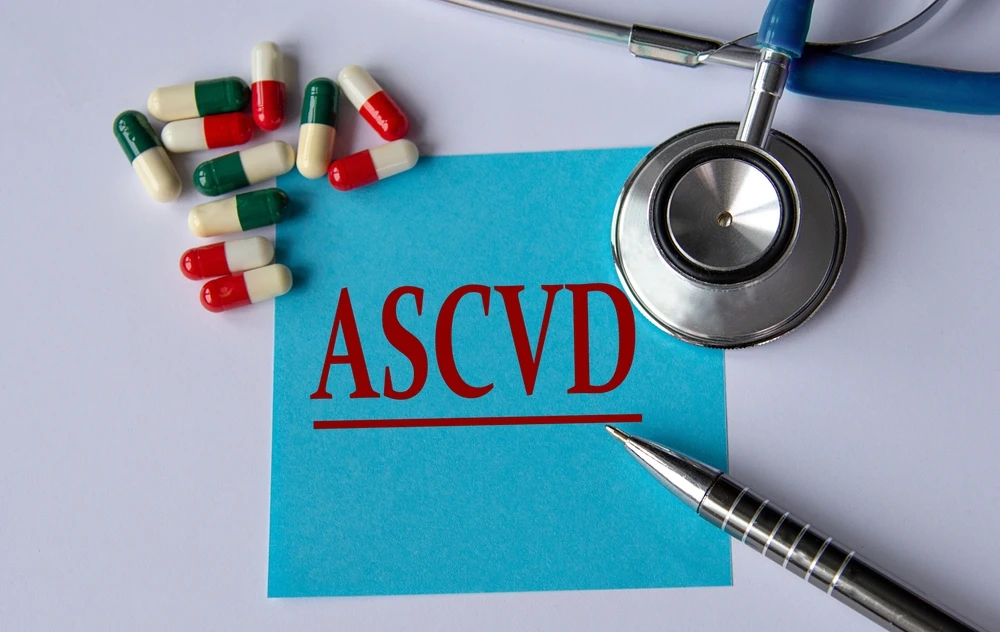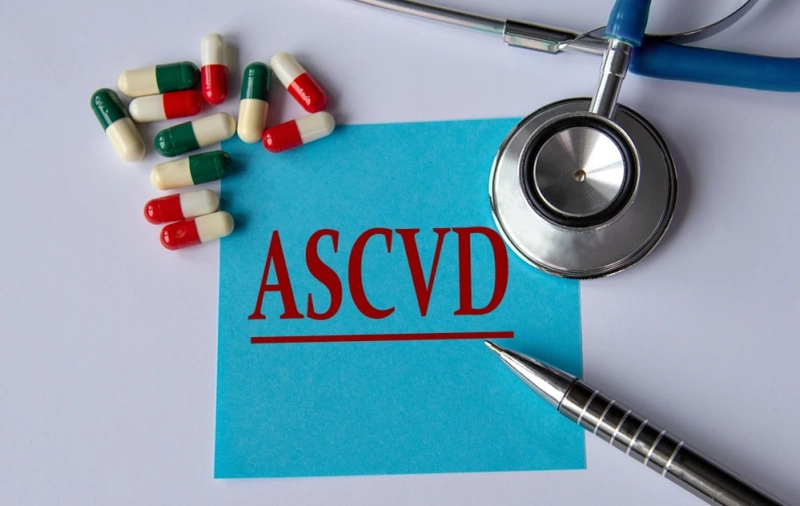
Atherosclerotic cardiovascular disease (ASCVD) is a leading cause of death and disability worldwide, resulting from the gradual buildup of plaque in the arteries. This condition can lead to heart attacks, strokes, and other severe complications if left untreated. Understanding the early warning signs and taking proactive steps toward prevention is crucial to managing this silent yet dangerous disease.
If you are exploring treatment options or innovative solutions, participating in Atherosclerotic Cardiovascular Trials Near You may provide valuable insights into the latest medical advancements. Let’s dive deeper into the early signs, risks, and prevention strategies for ASCVD.
What Is Atherosclerotic Cardiovascular Disease?
ASCVD refers to a condition where fatty deposits, calcium, and other substances accumulate in the arteries, forming plaques. Over time, these plaques narrow and stiffen the arteries, reducing blood flow to critical organs, including the heart and brain. This process, called atherosclerosis, can lead to several cardiovascular events, including:
- Heart Attacks: Caused by blocked blood flow to the heart.
- Strokes: Resulting from interrupted blood flow to the brain.
- Peripheral Artery Disease (PAD): Reduced blood flow to the limbs.
Since the disease develops gradually, the early signs are often subtle and easily overlooked. Recognizing these symptoms early is essential to preventing complications.
Early Signs of Atherosclerotic Cardiovascular Disease
1. Chest Pain or Discomfort (Angina)
Angina is one of the most common early signs of ASCVD. It often manifests as chest pain, tightness, or pressure, particularly during physical activity or emotional stress. The discomfort may radiate to the arms, neck, jaw, or back and typically subsides with rest.
2. Shortness of Breath
Shortness of breath, especially during exercise or mild exertion, may indicate reduced blood flow to the heart due to narrowed arteries. This symptom often accompanies chest pain but can also occur independently.
3. Fatigue
Persistent fatigue or exhaustion, even after minimal physical activity, may signal insufficient oxygen delivery to the body’s tissues. This can be an early warning sign of atherosclerosis, particularly in women.
4. Leg Pain or Cramps
Pain, cramping, or weakness in the legs or hips during walking or exercise is a hallmark symptom of peripheral artery disease (PAD), a form of ASCVD. This discomfort typically resolves with rest but can indicate significant arterial narrowing.
5. Numbness or Weakness
Sudden numbness or weakness in the face, arms, or legs—particularly on one side of the body—can be an early sign of a transient ischemic attack (TIA) or stroke. These episodes occur due to reduced blood flow to the brain and should be treated as a medical emergency.
6. Erectile Dysfunction (ED)
Erectile dysfunction can be an early indicator of atherosclerosis, as reduced blood flow to the penile arteries often precedes blockages in larger arteries. Men experiencing ED should consult their healthcare provider to assess their cardiovascular health.
7. High Blood Pressure
Although often asymptomatic, high blood pressure can signal underlying atherosclerosis. Over time, elevated blood pressure damages arterial walls, promoting plaque buildup.
8. Slow-Healing Wounds
Poor circulation caused by atherosclerosis can impair the body’s ability to heal wounds, particularly in the extremities. This is a common sign of PAD and warrants immediate attention.
9. Irregular Heartbeat (Arrhythmia)
An irregular or rapid heartbeat may indicate reduced blood flow to the heart or electrical disturbances caused by atherosclerosis. While arrhythmias are not always dangerous, they should be evaluated to rule out underlying cardiovascular issues.
10. Visual Disturbances
Blurred or double vision, temporary blindness in one eye, or other visual disturbances may signal reduced blood flow to the optic nerves or brain. These symptoms should be addressed promptly, as they may precede a stroke.
Risk Factors for Atherosclerotic Cardiovascular Disease
Several factors increase the likelihood of developing ASCVD. Understanding these risks can help individuals make informed lifestyle changes and seek appropriate medical care.
Modifiable Risk Factors
- Unhealthy Diet: Diets high in saturated fats, trans fats, and cholesterol contribute to plaque buildup.
- Physical Inactivity: Sedentary lifestyles increase the risk of obesity, high blood pressure, and diabetes, all of which promote atherosclerosis.
- Smoking: Tobacco use damages the arterial lining and accelerates plaque formation.
- Excessive Alcohol Consumption: Heavy drinking can raise blood pressure and cholesterol levels.
- Poor Stress Management: Chronic stress can negatively impact heart health.
Non-Modifiable Risk Factors
- Age: The risk of ASCVD increases with age, particularly after 50.
- Gender: Men are at higher risk of ASCVD at younger ages, while women’s risk increases after menopause.
- Family History: A family history of heart disease or stroke raises the likelihood of developing ASCVD.
- Genetic Conditions: Certain genetic disorders, such as familial hypercholesterolemia, predispose individuals to high cholesterol and early-onset ASCVD.
Diagnosing Atherosclerotic Cardiovascular Disease
Early diagnosis is critical to managing ASCVD and preventing complications. Common diagnostic tools include:
- Blood Tests: These tests measure cholesterol levels, blood sugar, and markers of inflammation, such as C-reactive protein (CRP).
- Electrocardiogram (ECG): This test records the heart’s electrical activity to detect abnormalities or previous heart attacks.
- Stress Tests: Stress tests assess how well the heart functions during physical exertion.
- Imaging Tests: Imaging techniques like angiography, CT scans, or ultrasounds can visualize arterial blockages or plaque buildup.
- Ankle-Brachial Index (ABI): This simple test compares blood pressure in the ankles and arms to identify PAD.
Treatment Options for ASCVD
The treatment of ASCVD typically involves a combination of lifestyle changes, medications, and, in severe cases, surgical interventions.
1. Lifestyle Modifications
- Adopting a heart-healthy diet rich in fruits, vegetables, whole grains, and lean proteins.
- Engaging in regular physical activity, such as walking, swimming, or cycling.
- Quitting smoking and limiting alcohol intake.
- Managing stress through relaxation techniques or counseling.
2. Medications
- Statins: Lower cholesterol levels and reduce plaque buildup.
- Antihypertensives: Control high blood pressure.
- Antiplatelet Drugs: Prevent blood clots by reducing platelet aggregation.
- Diabetes Medications: Manage blood sugar levels in individuals with diabetes.
3. Surgical Interventions
- Angioplasty and Stent Placement: Opens narrowed arteries and supports blood flow.
- Bypass Surgery: Reroutes blood flow around blocked arteries.
- Endarterectomy: Removes plaque from arteries, particularly in the neck.
Prevention Strategies for ASCVD
Preventing ASCVD involves adopting a proactive approach to cardiovascular health:
- Schedule regular check-ups and screenings to monitor risk factors.
- Maintain a balanced diet and active lifestyle.
- Manage chronic conditions like diabetes and hypertension.
- Avoid smoking and excessive alcohol consumption.
- Stay informed about advances in cardiovascular care through clinical trials and research.
Conclusion
Atherosclerotic cardiovascular disease often develops silently, making early detection and intervention essential to preventing life-threatening complications. Recognizing the early signs, such as chest pain, fatigue, and changes in circulation, can save lives and improve long-term health outcomes. Regular screenings, a heart-healthy lifestyle, and timely medical care are key components of ASCVD prevention and management.
For those seeking innovative treatment options and advanced care, partnering with an Oklahoma City Clinical Research Organization Near You offers access to cutting-edge therapies and a pathway to improved cardiovascular health.


